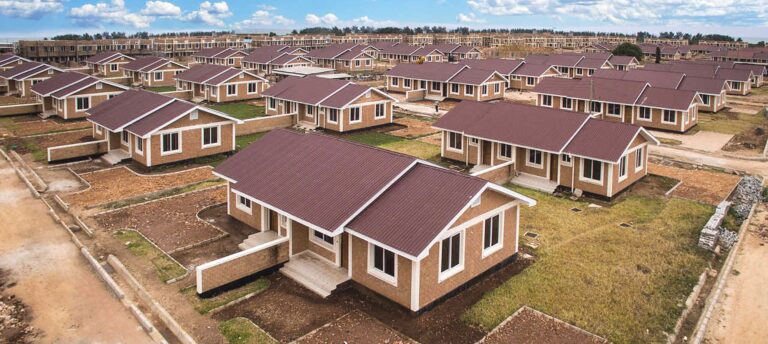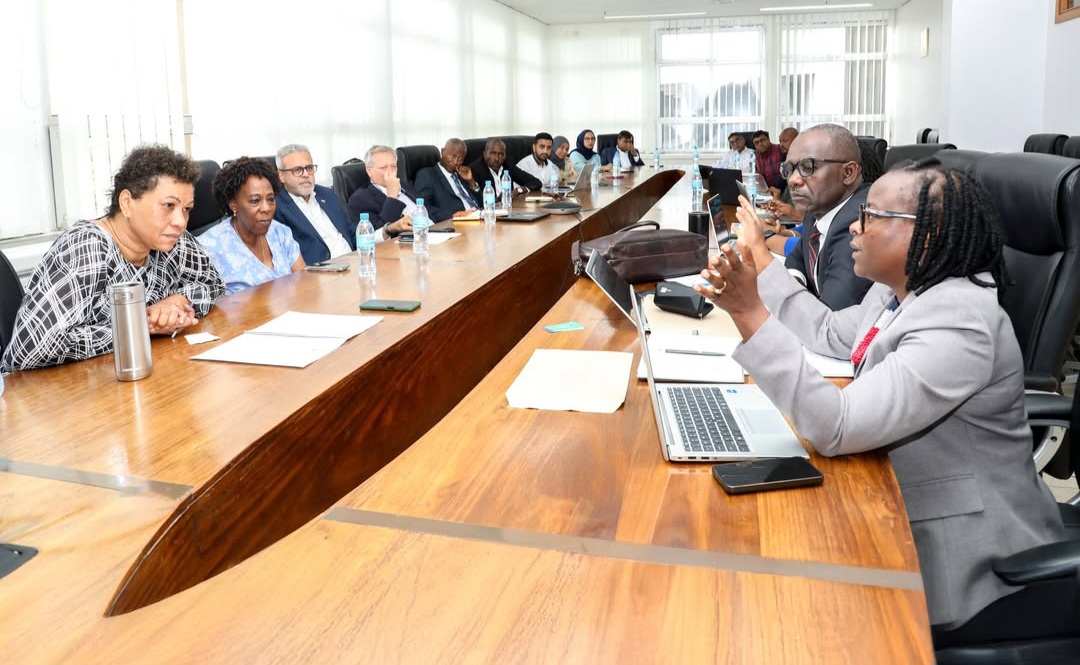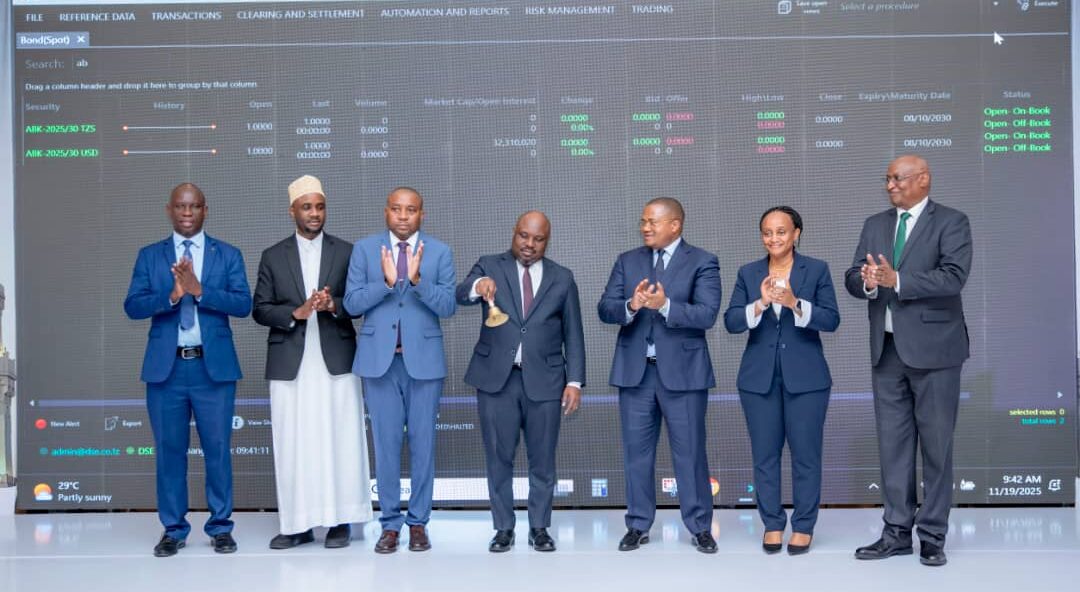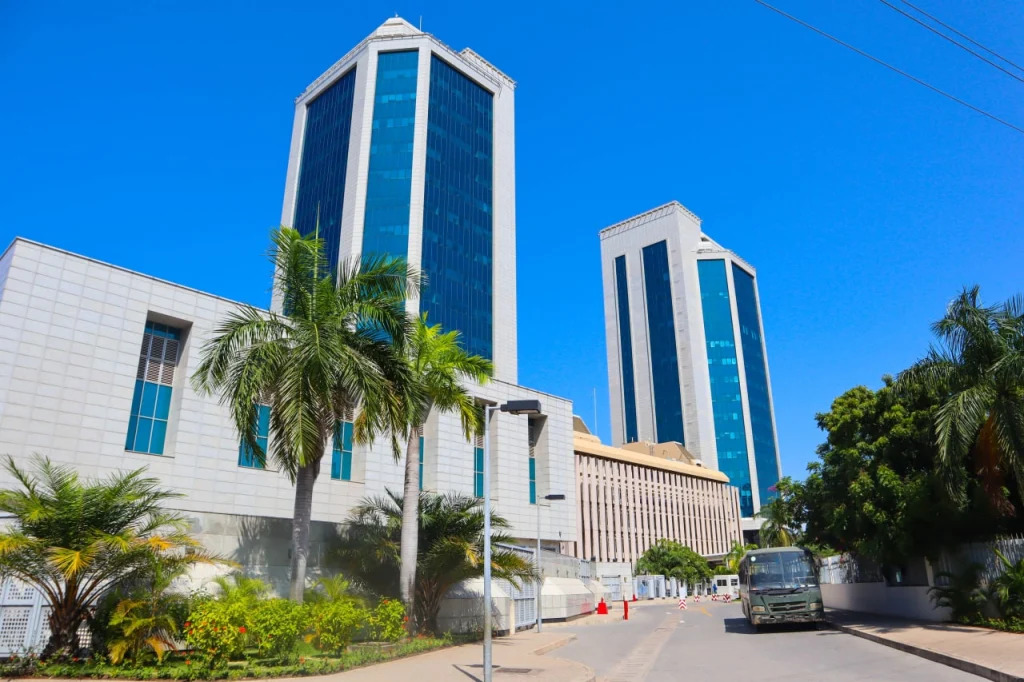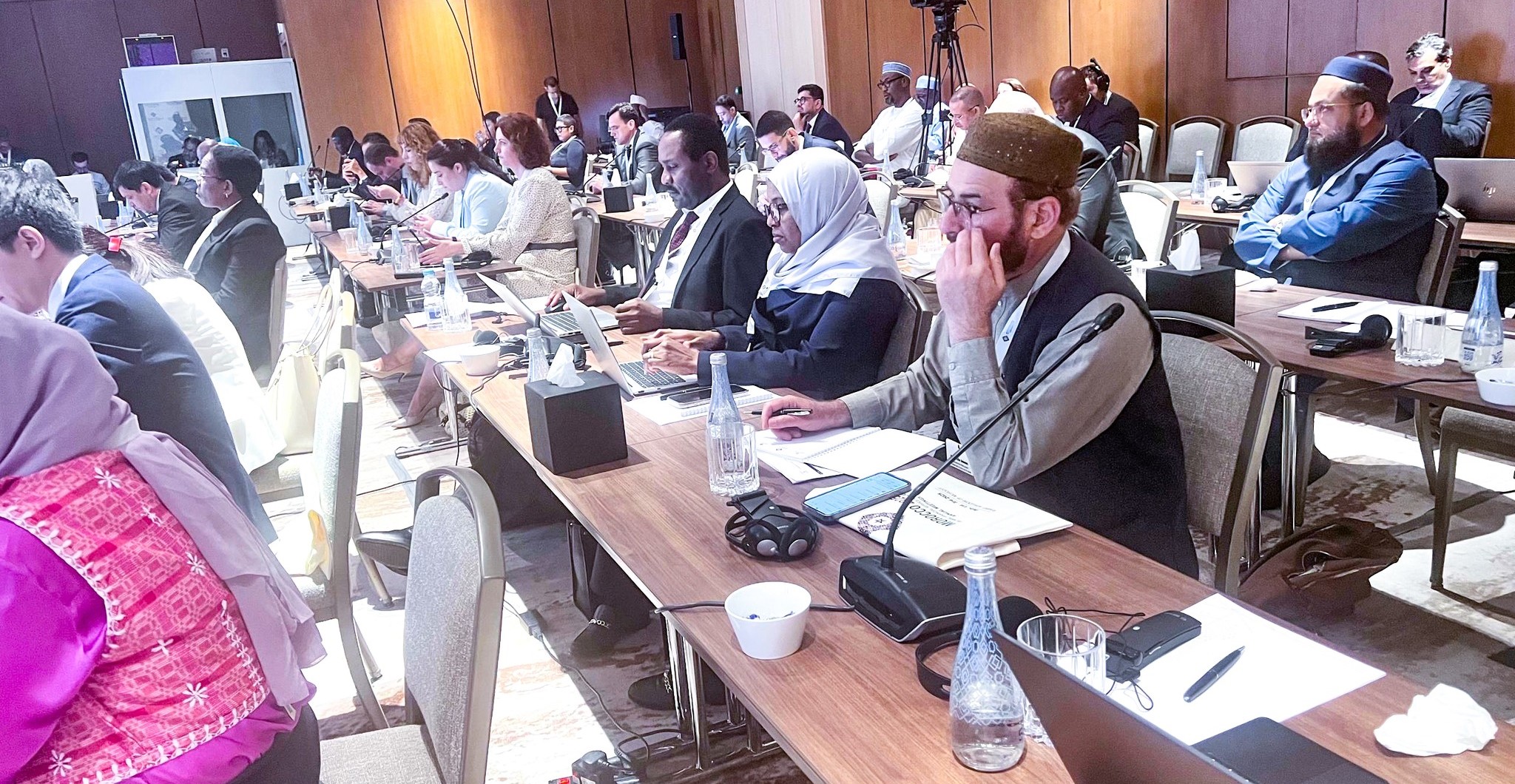Dar es Salaam. Tanzania’s mortgage market posted a steady growth of 3.6 percent in the value of residential mortgages during the first quarter of 2025, rising to Sh683.03 billion as of March 31 from Sh659.30 billion recorded at the end of December 2024, the Bank of Tanzania (BoT) has reported.
Year-on-year, the value of mortgage loans registered an 11.14 percent increase, up from Sh614.57 billion reported in the corresponding period in 2024, indicating sustained momentum in the housing finance sector despite persistent structural bottlenecks.
According to the BoT’s Mortgage Market Update – 31 March 2025, the number of banks and financial institutions with mortgage portfolios stood at 31, highlighting a competitive and expanding financing landscape.
CRDB Bank Plc remained the dominant player, commanding 31.99 percent of the total mortgage market share, followed by NMB Bank (10.95 percent), Azania Bank (8.34 percent), Stanbic Bank (5.46 percent), and First Housing Finance Company Limited (5.30 percent). Combined, these five institutions controlled 62 percent of the market.
The average size of mortgage debt per borrower was Sh118.66 million (approximately $44,438), slightly higher than the Sh114.78 million reported in the previous quarter.
Meanwhile, the ratio of outstanding mortgage debt to Gross Domestic Product (GDP) inched up to 0.42 percent, from 0.40 percent, reflecting moderate but consistent growth in mortgage uptake relative to the size of the economy.
Typical interest rates offered by mortgage lenders during the review period ranged between 15 and 19 percent, marginally down from historical highs of 22 to 24 percent a decade ago.
However, affordability remains a key challenge for most Tanzanians, given prevailing market interest rates and associated costs.
The report notes that the fast-rising demand for housing is being driven by strong and sustained economic growth — with GDP having averaged 5.8 percent over the past ten years — alongside rapid population expansion.
Tanzania’s population is projected to more than double by 2050, exerting additional pressure on the country’s already constrained housing stock.
Despite these dynamics, the sector continues to face significant headwinds. The supply of equitable and affordable housing remains limited, while the process of securing residential mortgages is often protracted and costly. Issuance of land titles, particularly unit titles, remains cumbersome and hampers borrowers’ eligibility to access financing.
Moreover, consumer loans — often with more attractive terms and fewer procedural hurdles — are emerging as a significant alternative to traditional mortgage products.
Some of these loans now offer up to Sh150 million over seven-year terms, sufficient to purchase housing units without incurring registration, valuation, or insurance costs typically associated with mortgages.
“Although the interest rate on mortgages has come down, the overall cost of obtaining and servicing these loans remains a major deterrent,” reads part of the report.
“The existence of alternative financing options, particularly consumer loans, is drawing away potential mortgage clients due to easier access and fewer compliance requirements.”
On a broader scale, the housing and construction sectors continue to benefit from growing credit flows.
Credit to agriculture, building and construction, and manufacturing registered robust annual growth rates of 37.2 percent, 23.1 percent, and 16.9 percent, respectively, supported by government-led policy and regulatory reforms.
Personal loans remained the largest segment of total credit distribution, accounting for 37 percent, underlining the crucial role played by small and medium-sized enterprises (SMEs) in economic activities.
Meanwhile, overall lending rates showed a slight downward trend, averaging 15.14 percent in March 2025, down from 15.73 percent the previous month.
Deposit rates also declined, with the overall rate falling to 8.13 percent from 8.31 percent, while the negotiated deposit rate slipped to 11.40 percent from 11.80 percent.
Negotiated lending rates averaged 13.42 percent, up from 12.80 percent, reflecting continued improvement in banking system liquidity.
A notable pillar in the growth of the mortgage market remains the Tanzania Mortgage Refinance Company (TMRC), which continues to support primary mortgage lenders (PMLs) through long-term refinancing and pre-financing arrangements.
Established in 2010 under the Housing Finance Project by the ministry of Finance and Planning, in collaboration with the World Bank and BoT, TMRC seeks to deepen housing finance in alignment with the National Strategy for Growth and Poverty Reduction (MKUKUTA) and Tanzania Development Vision 2025.
TMRC’s provision of long-term funds allows banks to better match the maturity of their liabilities with the tenure of mortgage loans, thus contributing to improved market stability and affordability.

